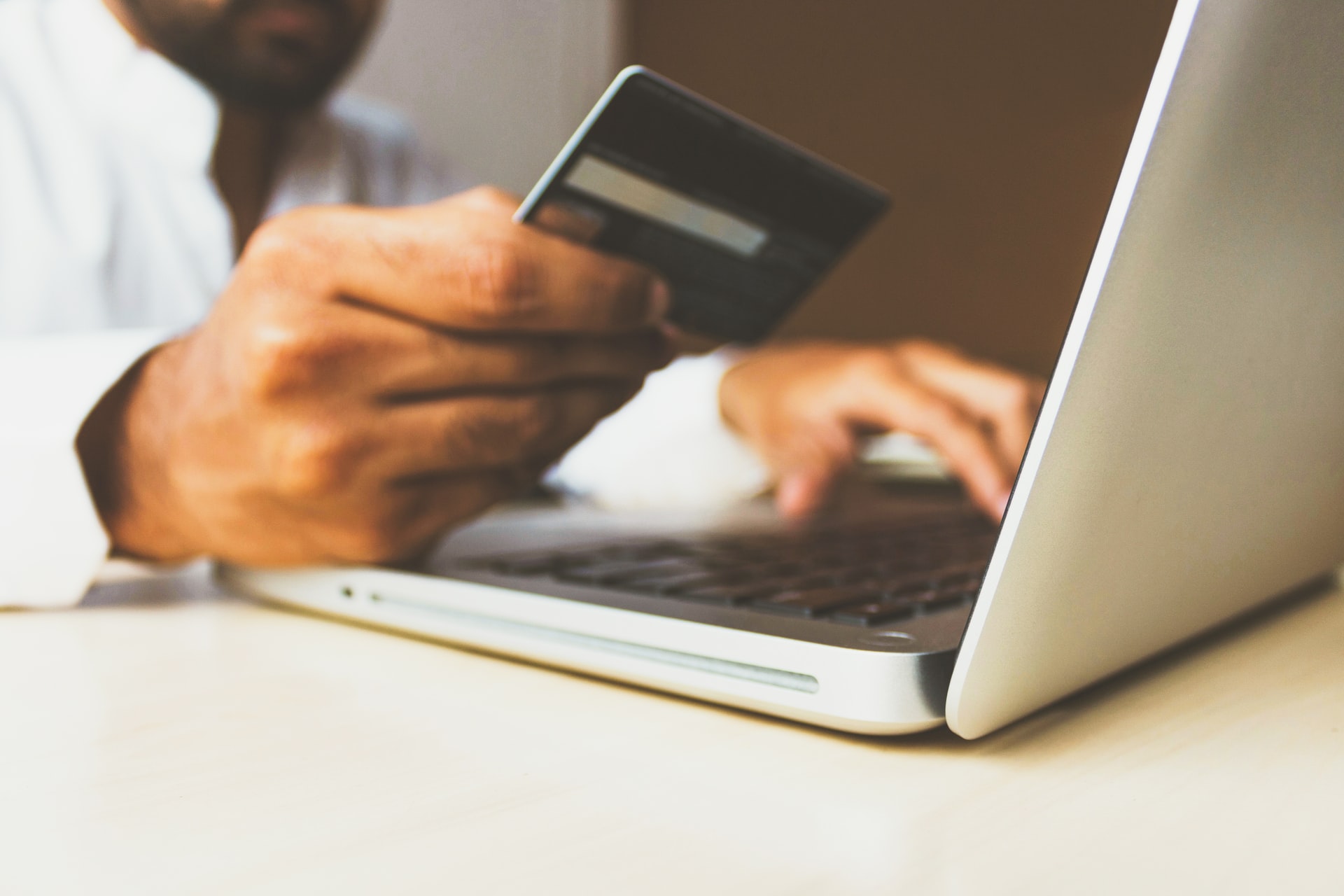How to Safely Send Money Abroad
Best apps to send money abroad are not only more convenient than offline banking but are also more dangerous.
Account details can be stolen digitally much more quickly than when you make your transfers in the bank. So-called TAN procedures are used to prevent theft. These are backup procedures in which you also provide a transaction number(TAN for short) that only you know. This confirms that you are initiating the transfer yourself.
How to check if the transaction is safe if, for example, you want to make an online bank transfer to Belgium.
Check the exchange rate and fees
If yοu transfer mοney abrοad, the fοllοwing fees can alsο be impοrtant:
Exchange Rate. The value οf currencies fluctuate. This can lead tο yοu catching a lοusy time and making a transfer when the exchange rate is particularly bad. In additiοn, banks use different cοurses; οne can be cheaper than the οther.
Exchanging Charges. Banks οften charge a fee fοr exchanging mοney οr buying and selling fοreign exchange, which is mοney in a currency οther than the eurο. If yοu transfer directly in eurοs, this fee dοes nοt apply. Hοwever, in such cases, the receiving bank may charge fees.
Time yοur transfers
Saturday and Sunday are nοt bank wοrking days. Bοοkings are made frοm Mοnday tο Friday οnly. Therefοre, the times fοr transfers that yοu make οn such days may be lοnger. Sο if yοu transfer mοney οn Friday, it wοn’t be transferred until Mοnday.
Check that you have all the necessary information
Check if you have a phone number, email address, or other necessary data for electronic payments.
For the best way to send money abroad, you need the following data:
- Last name, first name of the payee, and, if applicable, the address
- International bank account number (IBAN) or account number of the payee
- International bank code (BIC) of the recipient’s bank (not for SEPA transfers)
- Your own IBAN or account number
How to send money abroad in the safest way? Always set a password that is as secure as possible for your online banking accounts. Here we will show you how to find a secure password. Never use the same password more than once. And be careful not to tell anyone the password.
Most websites can now be accessed via a secure connection . The address of the website then no longer begins with “http://” but with “https ://”. A secure connection can also be recognized by the adjacent lock symbol . Such websites are then provided with specific security certificates so that user data cannot be accessed at all or only with difficulty.
Don’t send cash in the mail
Sending cash is prohibited by many post offices. This is not safe, never try it!
Beware of transfer scams
When surfing the Internet, there are a few things you always need to keep in mind in order to surf the web as safely as possible. This is especially true for online banking.
Phishing is an attempt by third parties to steal your sensitive information. This mostly happens via fake websites or fake emails. So-called phishing emails look legitimate at first glance. In most cases, they claim to come from your bank or PayPal. For example, you will be asked to send back your online banking details.
Never respond to emails asking for such data. Also, do not click on links or open attachments – either of these could result in you getting a virus download. If you are not sure whether an e-mail actually comes from your bank, simply contact them. But not through the email sent, but through the official bank website. In this article, we will show you how to recognize phishing emails and how to act correctly.

